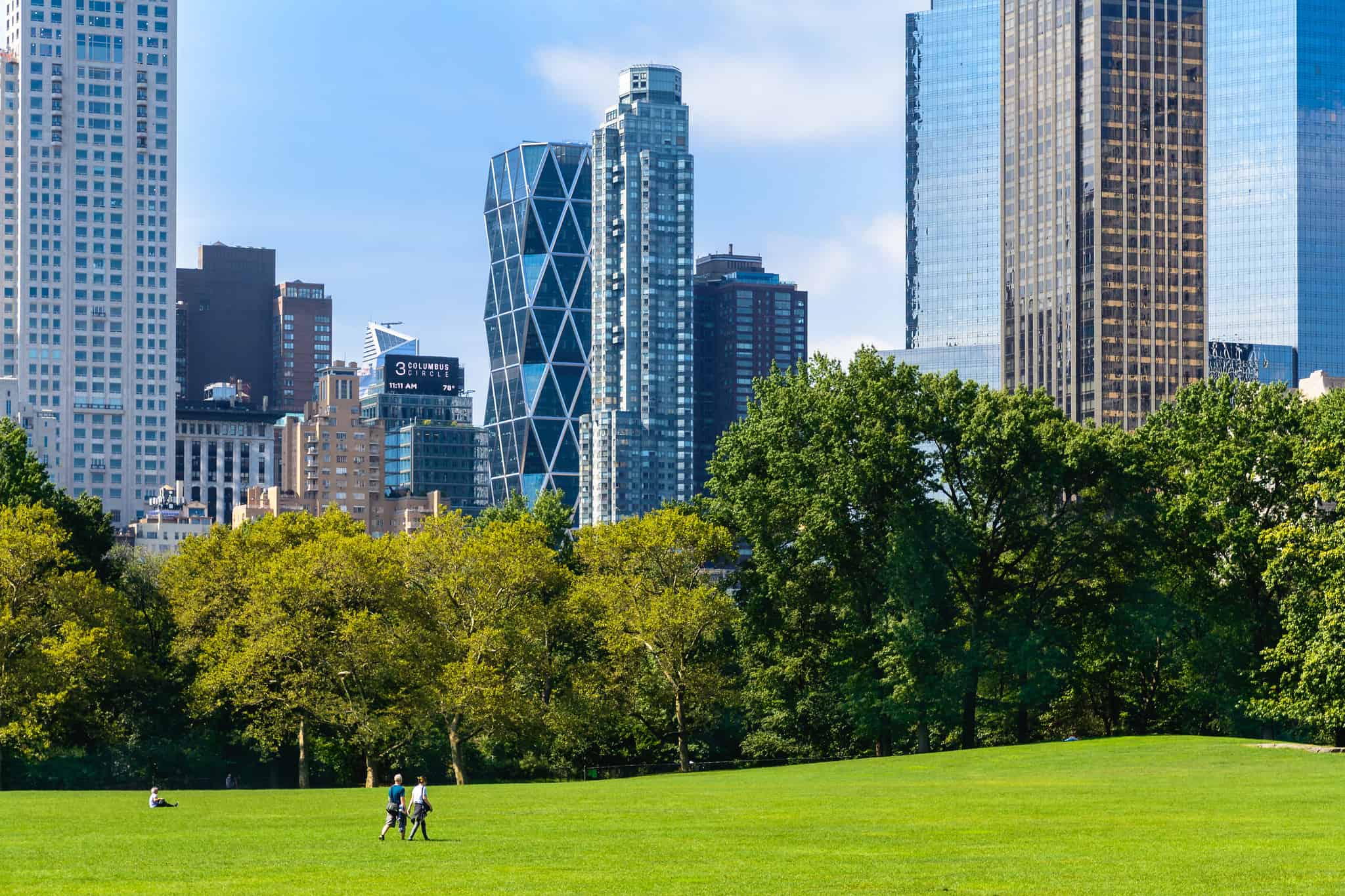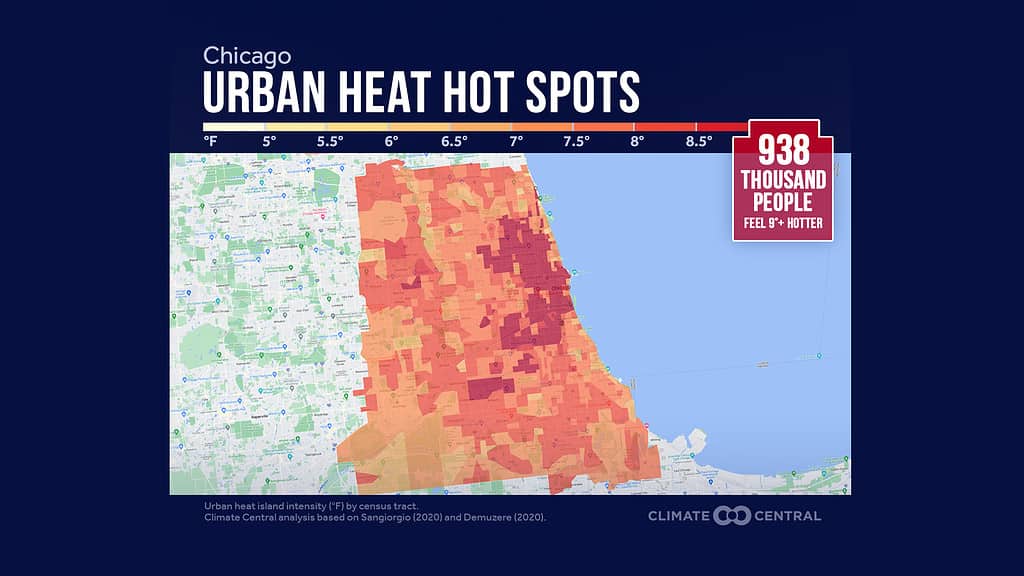More than 40 million people in the United States live in cities that face the impact of the urban heat island effect, raising local temperatures by 8 degrees Fahrenheit or more, according to a new analysis. This can worsen heat stress and related illness for many, putting vulnerable populations at risk and also leading to higher energy bills.

The urban heat island effect is exactly what it sounds like. Cities are often significantly hotter than the surrounding areas. This difference in temperature primarily arises due to the modification of land surfaces in cities, with concrete, asphalt, and other materials absorbing more sunlight and radiating heat more than natural landscapes. At night, the difference is often more pronounced as the heat stored in urban infrastructure is released, keeping the temperature higher than in areas with more vegetation.
But how bad is it? In the US at least, it’s pretty bad.
Many big cities are way too hot
Climate Central, a nonprofit research group, analyzed 44 cities in the US with a collective population of 74 million. Half live in a census tract with an urban heat island (UHI) index warmer than 8 degrees Fahrenheit. The UHI is calculated based on factors such as the percentage of green space, population density and the albedo effect.
“People in urban heat islands experience the amplified effects of climate change, especially during summer heat streaks that force millions to face higher temperatures than their neighbors,” Jen Brady, analyst at Climate Central, said in a news release.
In eight cities — Dallas, Detroit, Houston, New Orleans, New York, Omaha, Portland and San Antonio — over two-thirds of the population have to cope with at least eight extra degrees. New York was found to have the highest UHI per capita, at 9.5 degrees, followed by San Francisco (8.8 degrees) and Chicago and Miami (8.3 degrees).

The analysis also includes maps of the 44 cities that show how different land use and urban growth patterns influence the distribution of urban heat hotspots. For example, Atlanta, Boston and Denver have UHI spread evenly across the city. Meanwhile, Las Vegas, Philadelphia and Indianapolis have urban cores where the UHI is focused.
Structural inequities in cities can also lead to urban heat affecting some communities more than others, the authors said. A 2021 study found people of color and those living under the poverty line are more affected in 169 cities in the US. A study also in 2021 by the EPA found Black and African American individuals are more affected.
How we can cool down cities
There are many short-term and long-term measures cities can take to adapt to a warmer world and mitigate the urban heat island effect, the researchers said. In the short term, the most important thing is to get people out of extreme or dangerous levels of heat, ensuring their health. In the long term, the list is more extensive.
Cities can plant more trees, especially on paved streets and set up green roofs to provide shade and reduce the temperature on rooftops. There are also alternative construction materials that can be incorporated in cities, such as cool pavements and cool roofs – reflective or permeable materials that help reduce surface temperatures.
“Changes to the built environment can cool these neighborhoods, but until global temperatures stop rising, city residents will face increasingly steeper challenges to stay safe during periods of extreme heat,” Brady said in a news release.
Similarly, implementing reflective or “cool” roofs can make a big difference. These roofs are designed to reflect more sunlight and absorb less heat, reducing the reliance on air conditioning and thus saving energy. This approach can also be extended to pavements, using lighter-colored materials or special cool technologies to ensure they absorb less heat and reflect more sunlight.
Moreover, energy efficiency plays a crucial role. By utilizing energy-efficient appliances and constructing energy-efficient buildings, we can significantly reduce the waste heat produced in urban areas. This includes incorporating efficient heating, ventilation, and air conditioning (HVAC) systems, proper insulation, and energy-saving lighting among others.
Ultimately, there’s no more avoiding climate heating. We have to account for it in our cities — or face the consequences.


